Pollution in a Real Urban Zone, ANSYS Fluent CFD Simulation Training
$120.00 Student Discount
- The problem simulates a mass fraction of carbon dioxide changes as the pollutant in an urban street by ANSYS Fluent software.
- The present model is three-dimensional and is drawn using the Design Modeler software.
- The meshing is done using ANSYS Meshing software. The element number is 4137570.
- Simulation using the Species Transport solves a Transport Equation for each component of the pollution mixture.
- The simulation is Transient since the goal is to study changes in carbon dioxide concentration over time.
Click on Add To Cart and obtain the Geometry file, Mesh file, and a Comprehensive ANSYS Fluent Training Video.
To Order Your Project or benefit from a CFD consultation, contact our experts via email ([email protected]), online support tab, or WhatsApp at +44 7443 197273.
There are some Free Products to check our service quality.
If you want the training video in another language instead of English, ask it via [email protected] after you buy the product.
Description
Pollution Dispersion CFD Simulation
Urban environments are the most important context of life, and in most developing countries the status of air pollution is getting worse day by day, although technological improvements have played an important role in reducing air pollution emissions. Due to the increasing demand for transportation, it will remain a challenge. Simulation using the Species Transport solves a Transport Equation for each component of the pollution mixture. The purpose of the analysis is to calculate the amount of CO2 pollution dissipated in an urban zone.
Project Description
The problem simulates changes in the mass fraction of carbon dioxide on an urban street by ANSYS Fluent software. To simulate this model, a 0.1 m height area should be considered as a source of carbon dioxide pollutants on the street from the urban domain. In fact, the main purpose of the current simulation is to investigate the effect of free airflow on the amount of CO2 produced by car exhaust. Therefore, an integrated carbon-dioxide production area is defined as a source of mass production on a city street.
Free airflow enters the area around an urban environment at a velocity of 0.2 m.s-1 and a temperature of 300 K. Since the CO2 and airflow are modeled, the Species Transport model has been used; Thus, these gaseous species include air and CO2. The amount of carbon dioxide produced in the definition area on the street is 4 kg.m-3.
Geometry & Mesh
The present model is three-dimensional and is drawn using the Design Modeler software. This model is a set of structural elements consisting of several building blocks and a street belonging to a city. An area in the shape of a rectangular cube with dimensions of 9 m ⨯ 13 m ⨯ 4 m is designed around this urban complex. The airflow inlet is selected in three lateral sections of this area. There is also a 0.1 m high area on one of the city streets. The following figure shows a view of the geometry.
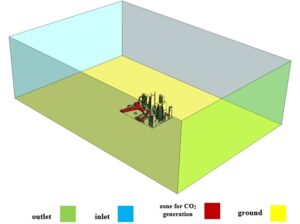
The meshing is done using ANSYS Meshing software. The mesh type is unstructured and the element number is 4137570. Grids are smaller in the areas adjacent to the internal boundaries and have higher accuracy. The following figure shows a view of the mesh.
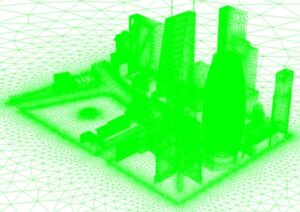
Pollution CFD Simulation
To simulate the present model, several assumptions are considered:
- The solver is pressure-based.
- The simulation is transient since the goal is to study changes in carbon dioxide concentration over time.
A summary of the steps for defining the problem and its solution is given in the table:
| Models (UHI) | ||
| Viscous model | k-epsilon | |
| k-epsilon model | standard | |
| near-wall treatment | standard wall function | |
| species transport model | ||
| species | air, CO2 | |
| Energy | on | |
| Boundary conditions | ||
| Inlet | Velocity inlet | |
| velocity magnitude | 0.2 m.s-1 | |
| temperature | 300 K | |
| CO2 mass fraction | 0 | |
| Outlet | Pressure outlet | |
| gauge pressure | 0 Pascal | |
| Walls | Wall | |
| wall motion | stationary wall | |
| heat flux | 0 W.m-2 | |
| CO2 mass fraction | zero diffusive flux | |
| Solution Methods (UHI) | ||
| Pressure-velocity coupling | SIMPLE | |
| Spatial discretization | pressure | second-order |
| momentum | second-order upwind | |
| turbulent kinetic energy | first-order upwind | |
| turbulent dissipation rate | first-order upwind | |
| energy | second-order upwind | |
| CO2 | second-order upwind | |
| (UHI) | Initialization | |
| Initialization method | Standard | |
Results
At the end of the solution process, two-dimensional contours of pressure, temperature, velocity, air and CO2 mass fraction were obtained in the whole model environment. These two-dimensional contours are drawn in XY and YZ sections. Also, the three-dimensional contours related to pressure, temperature, velocity, air and CO2 mass fraction have been obtained in the area of the CO2 source term.
You can obtain Geometry & Mesh file, and a comprehensive Training Movie which presents how to solve the problem and extract all desired results.
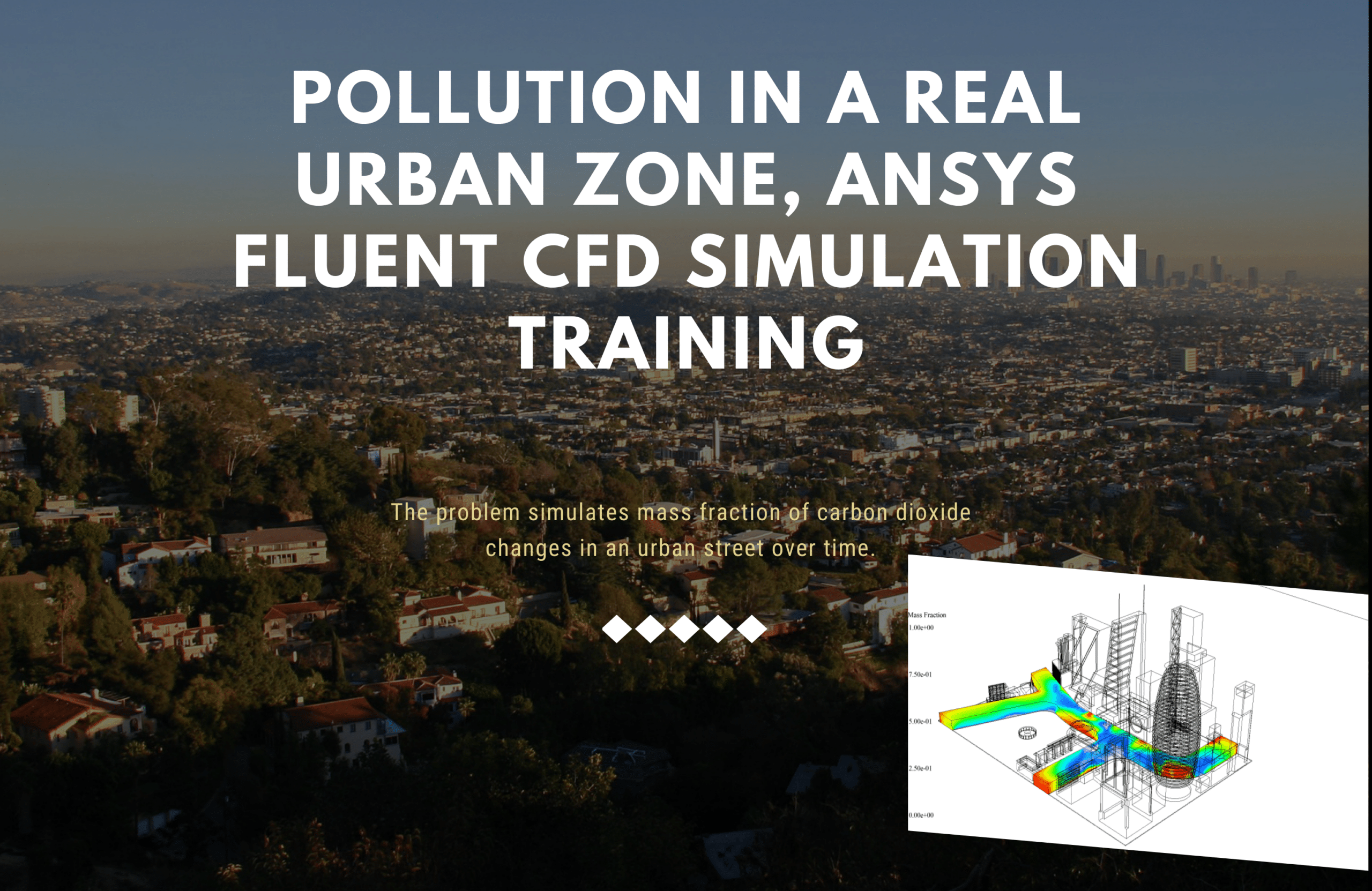












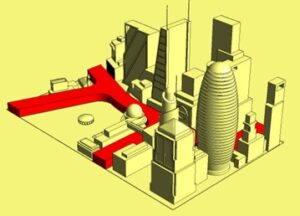
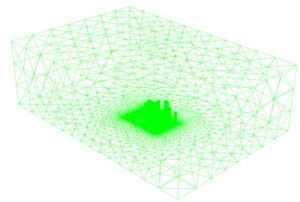
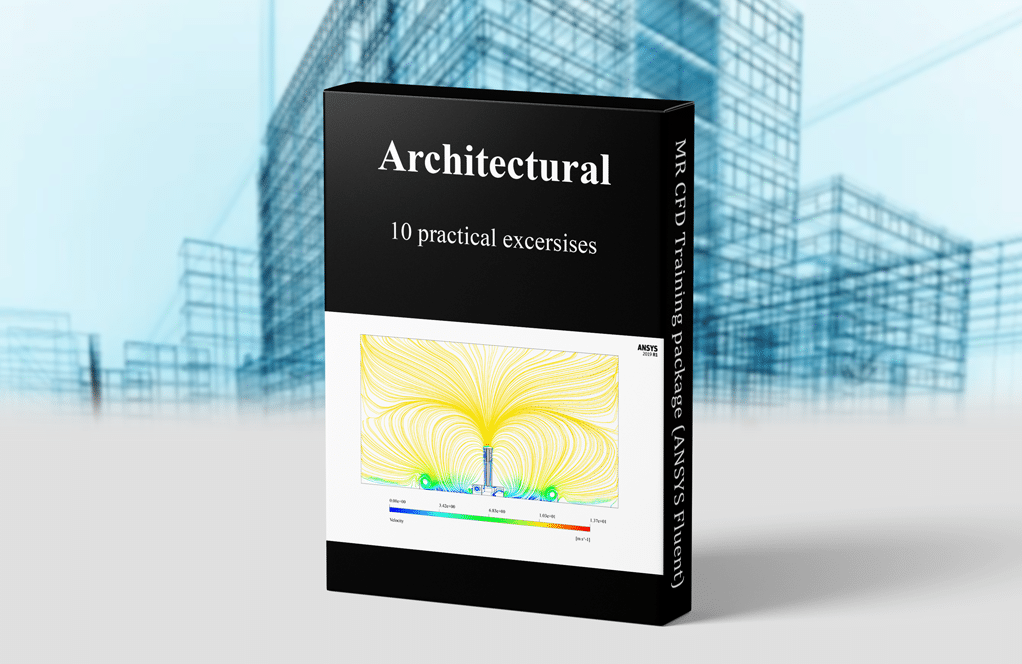
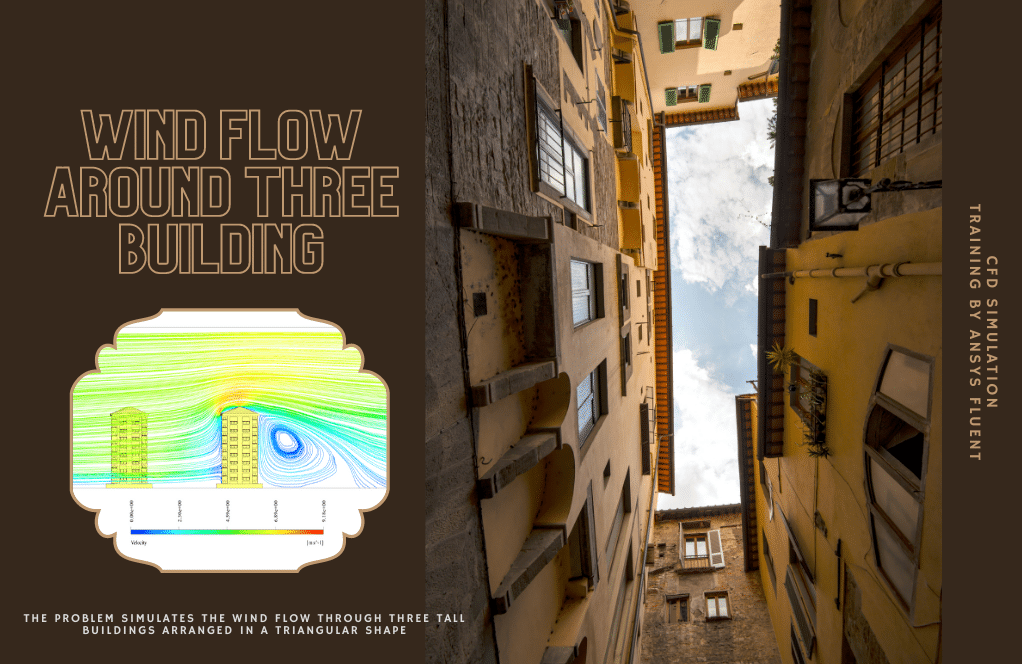
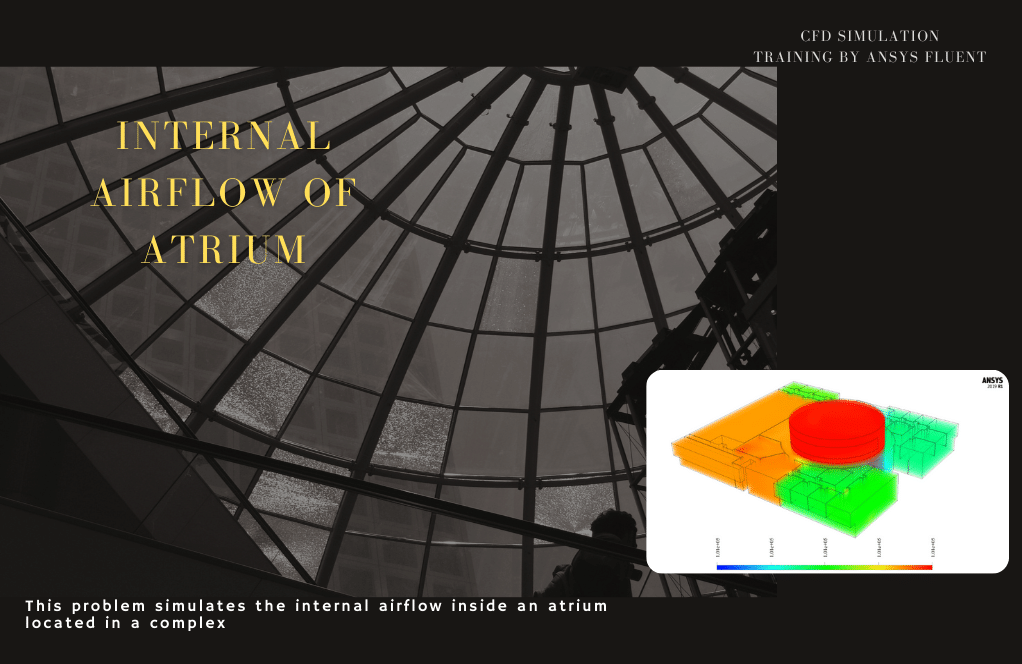
Connor Blick –
How can this simulation help in urban planning?
MR CFD Support –
By understanding the UHI effect and pollution dispersion, urban planners can design cities in a way that minimizes these effects, leading to healthier and more sustainable urban environments.
Cara Hilpert –
How are the results of the simulation visualized?
MR CFD Support –
The results are visualized using contour plots of pressure and velocity, as well as pathlines of the flow.
Ms. Kristy Schuster –
Can this simulation be customized to model a specific urban environment?
MR CFD Support –
Yes, we can accommodate your desired simulations. Please share more details about your specific requirements.
Salvador Bergstrom –
Can this simulation be customized to model a specific urban environment?
MR CFD Support –
Yes, we can accommodate your desired simulations. Please share more details about your specific requirements.
Cathy Boehm –
The attention to detail in this training product for pollution dispersion in an urban environment is impressive. It’s valuable to learn how different models impact urban air quality.
MR CFD Support –
Thank you for recognizing the level of detail in our ANSYS Fluent simulation training for urban pollution dispersion. We’re delighted to hear that you find it valuable for understanding the impact of various factors on urban air quality.
Prof. Keon Schroeder I –
I was impressed by how detailed the urban pollution dispersion study was. The attention to realistic boundary conditions and the use of ANSYS Fluent’s Species Transport model really highlights the potential impacts of car emissions in an urban setting. It’s great to see such a complex environmental phenomenon modeled with clarity and precision.
MR CFD Support –
Thank you for your positive feedback! We’re delighted to hear that our attention to detail and use of advanced modeling techniques in the urban pollution dispersion simulation met your expectations. Understanding the environmental impact of emissions is crucial, and we’re proud to provide simulations that can assist in making more informed decisions. Your satisfaction with the precision of the study means a lot to us!
Rocky Pfeffer –
I truly appreciate how well MR CFD has captured the complexities of air pollution dispersion in an urban area. The detailed modeling of buildings and the street as well as the unstructured mesh really make the results seem accurate and reliable.
MR CFD Support –
Thank you for your kind words! We are thrilled to hear that the simulation results meet your expectations and provide valuable insights into urban pollution dispersion. Our team works tirelessly to deliver accurate and detailed simulations. We appreciate your feedback!
Mable Barton –
I’ve learned a lot from the ‘Pollution in a Real Urban Zone’ simulation training. The details on species transport and the incorporation of urban structures within the simulation were particularly insightful. The complexities of urban pollution dispersion have been well-addressed in this simulation. Thanks for a great training product!
MR CFD Support –
Thank you for your positive feedback! We’re delighted to hear that our training on ‘Pollution in a Real Urban Zone’ CFD Simulation provided you with valuable insights into species transport and urban pollution dispersion. We appreciate your compliments and are glad we could contribute to your learning experience. If you have any further inquiries or need assistance in future, feel free to reach out!
Doug Cassin IV –
How does the simulation model the urban heat island effect?
MR CFD Support –
The UHI effect is modeled by considering the heat generated by various sources in an urban environment, such as buildings, vehicles, and human activities, and how this heat is dispersed in the atmosphere.
Ms. Gertrude Gislason –
The skills I’ve gained from the Pollution in a Real Urban Zone CFD simulation are truly valuable. Understanding the dynamics of pollution dispersion and mastering ANSYS Fluent software has been incredibly beneficial. The tutorial was extremely detailed and showed precisely how to set up the simulation as well as interpret the results accurately.
MR CFD Support –
Thank you for your feedback! We are delighted to hear that you found our training material on Pollution in a Real Urban Zone using ANSYS Fluent so informative and valuable. It’s our goal to provide comprehensive guides that enable our customers to understand and apply advanced simulation techniques. Your mastery of the software and ability to interpret the results make us very proud. If you have any further insights you would like to share or questions, we’re always here to help.
Dante Fisher –
I found the level of detail in the simulation extraordinary. Observing the real-time changes in the CO2 concentration on city streets was both informative and impressive. The model provides a great tool to understand urban pollution dynamics.
MR CFD Support –
Thank you for your positive feedback! We are glad to hear that you found the simulation detailed and informative. Our goal is always to provide valuable insights into complex environmental issues like urban pollution. We appreciate your appreciation and are always here to assist with any further learning needs regarding CFD simulation.